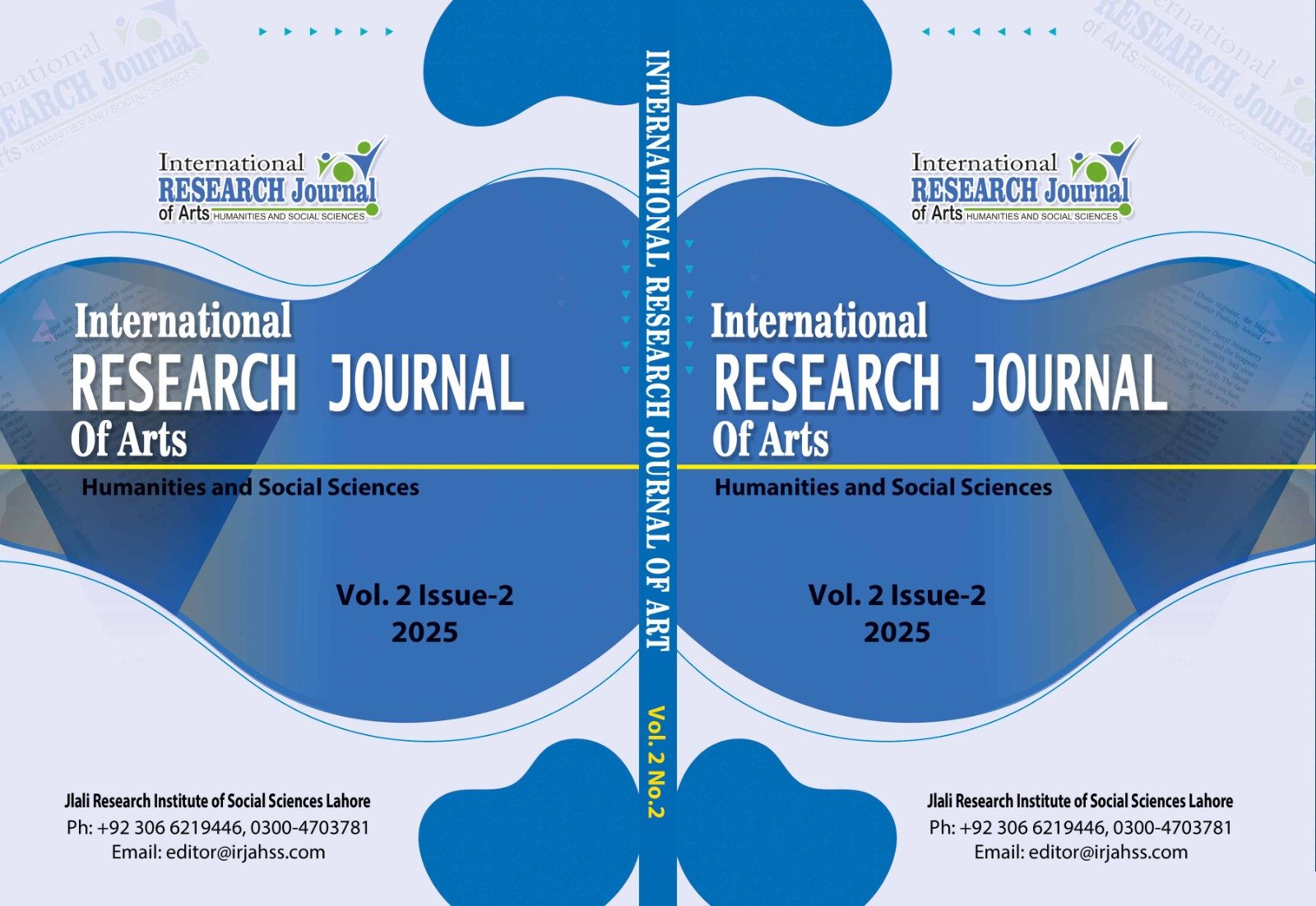Critical Discourse Analysis of Ahmed Ali's Novel Twilight in Delhi
Keywords:
critical discourse analysis, hidden cultural ideologies, power relationshipsAbstract
This article explores the hidden cultural ideologies and power relationships depicted in Ahmed Ali's novel Twilight in Delhi using critical discourse analysis. It succinctly discusses the critical discourse analysis methodology and its application on works of literature. It sheds light on the fact that critical discourse analysis can help understand the relationship between power, language, gender, and society as portrayed in any piece of text. Furthermore, it delineates that critical discourse analysis can also be used to explore the nature of different aspects of historical events. Besides, selected parts and characters have been analyzed to find out the miscellaneous aspects of the novel. The study highlights the salient features of Muslim culture, portrayal of women as submissive characters, views of colonized people as regards the colonizers, and the past glory of Muslims.
Downloads
Downloads
Published
Issue
Section
License
Copyright (c) 2025 International Research Journal of Arts, Humanities and Social Sciences

This work is licensed under a Creative Commons Attribution 4.0 International License.
Disclaimer: The International Research Journal of Arts, Humanities and Social Sciences (IRJAHSS) upholds the principles of open access, ensuring unrestricted access to scholarly content to foster the sharing and advancement of knowledge. The opinions expressed in the articles solely belong to the authors and do not necessarily reflect the views or policies of the journal's editorial team, editorial board, advisory board or research institute.






